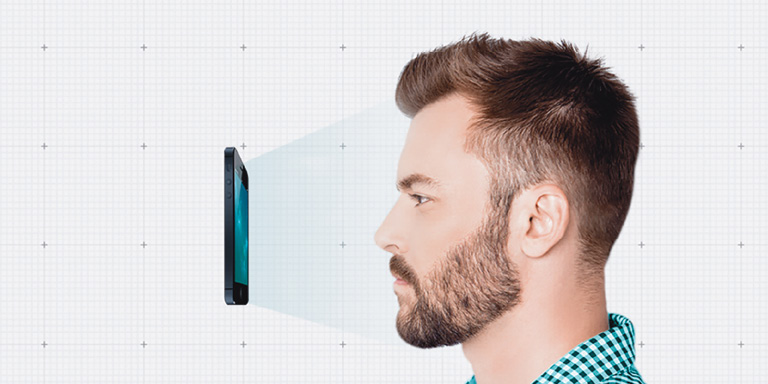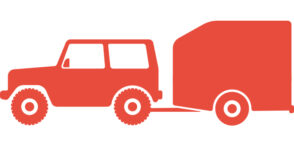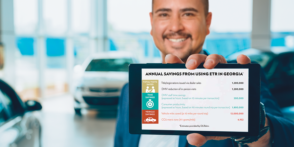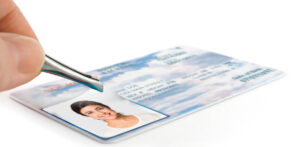Remote Controlled
How a remote mobile driver license provisioning system in Utah is minimizing fraud and eliminating traffic at the DMV
In May 2022, the Utah State Department of Public Safety (DPS) launched a new system to enable remote mobile driver license (mDL) provisioning throughout the state.
“The last thing any of us need is another reason for people to have to show up at a DLD or DMV office,” says Chris Caras, director of the driver license division for the Utah DPS.
To keep DMV lines shorter—and to ensure accurate credentialing—the Utah DPS employed GET Group, an mDL provider, to help integrate the new remote mDL system.
There are three fundamental components of an mDL system: the cryptographically secure mDL credential, the digital wallet containing and managing the credential, and the biometric liveness, verification and re-verification system. For the Utah mDL project, GET Group’s partners, Scytales, provided the mDL and wallet app, FaceTec provided the 3D liveness and face matching software, while GET Group provided service and support.
“All three components are required for a fully functioning mDL, and Utah has done a great job selecting vendors that can get the job done,” says Kevin Alan Tussy, FaceTec CEO and founder.
Aside from reducing office visits, FaceTec’s liveness verification software can also help eliminate fraud. Today, for about $75, bad actors can order fake driver’s licenses online that are virtually identical to authentic licenses. These fraudulent photo IDs can include personal information from a real person, including a driver’s license number, but use the fraudster’s photo instead of the actual owner’s face. Because they look so real, these fake driver licenses are often verified as legitimate and enable identity theft, according to Tussy.
“The mDL is a digital extension of the traditional physical driver license—they perform the same primary function,” he says. “The mDL, however, is cryptographically secured and cannot be altered. Faking a well-designed mDL is virtually impossible.”
As a prerequisite to a new contract with an international customer, FaceTec was required to have its 3D:2D face-matching accuracy tested. The test included over 1,000 participants who used FaceTec systems to capture a 3D selfie, which was then compared against a 2D image of the participant’s face. The results showed that, with an industry-standard 1% false reject rate, the FaceTec matching produced a false accept rate of 0.001%. The system results also showed no errors related to racial, ethnic, gender or age bias. In other words, there was no bias observed in FaceTec’s AI, even with a very diverse user base, many of whom own low-end devices with low-resolution cameras.
Since the launch in Utah, roughly 40,000 remote mDLs have been provisioned throughout the state. And overall, it increased the mDL adoption rate significantly, Caras says. In addition to Utah, several other state mDL systems have also integrated FaceTec’s biometric software, including Colorado, Virginia and Louisiana, with additional states in various pilot stages.
“Over the last few years, the public has grown accustomed to being able to facilitate things remotely, so this meets their expectation much better,” Caras says. “It facilitates the process without eating up resources on our side. So it’s really a win-win situation.”




